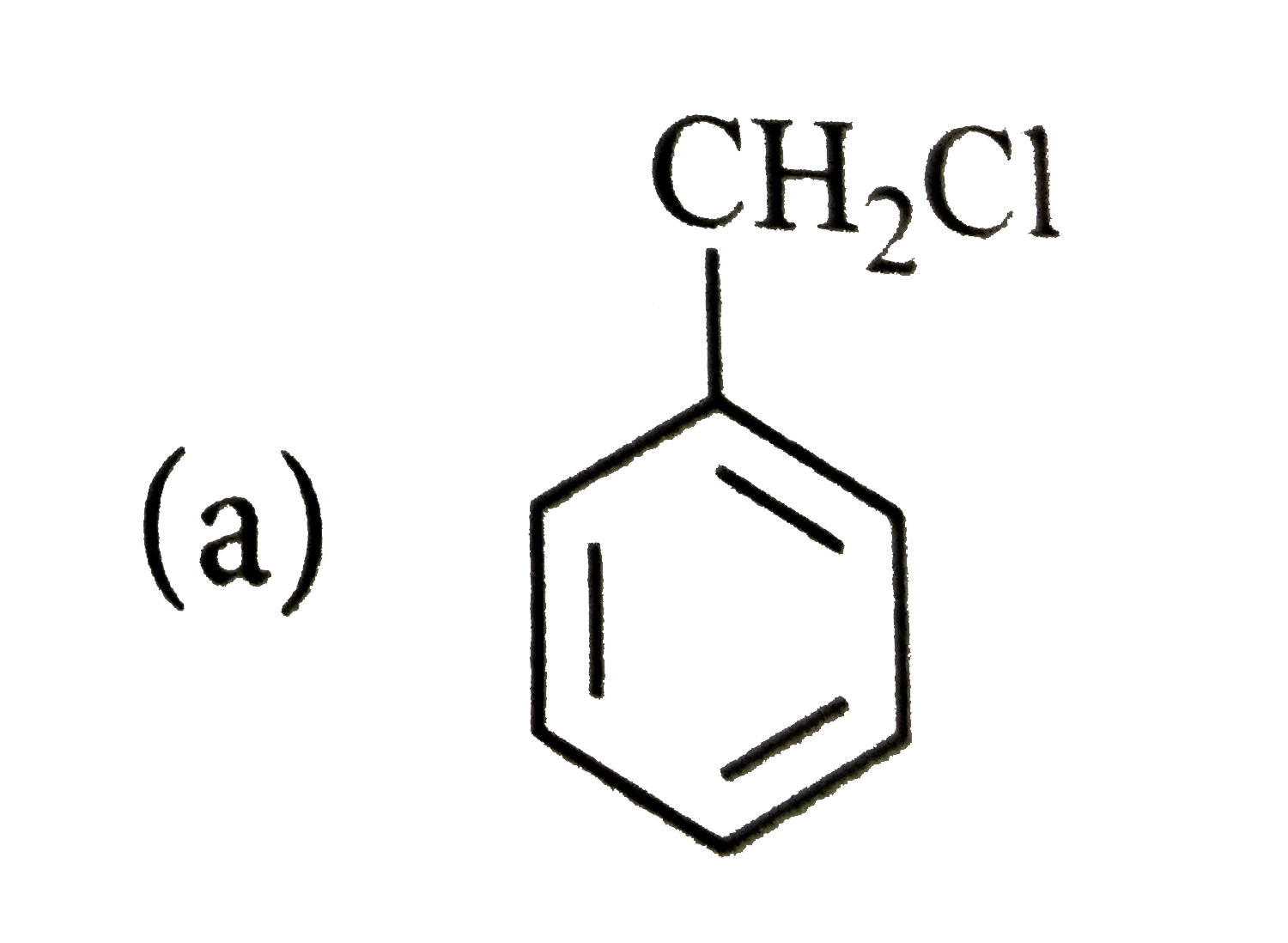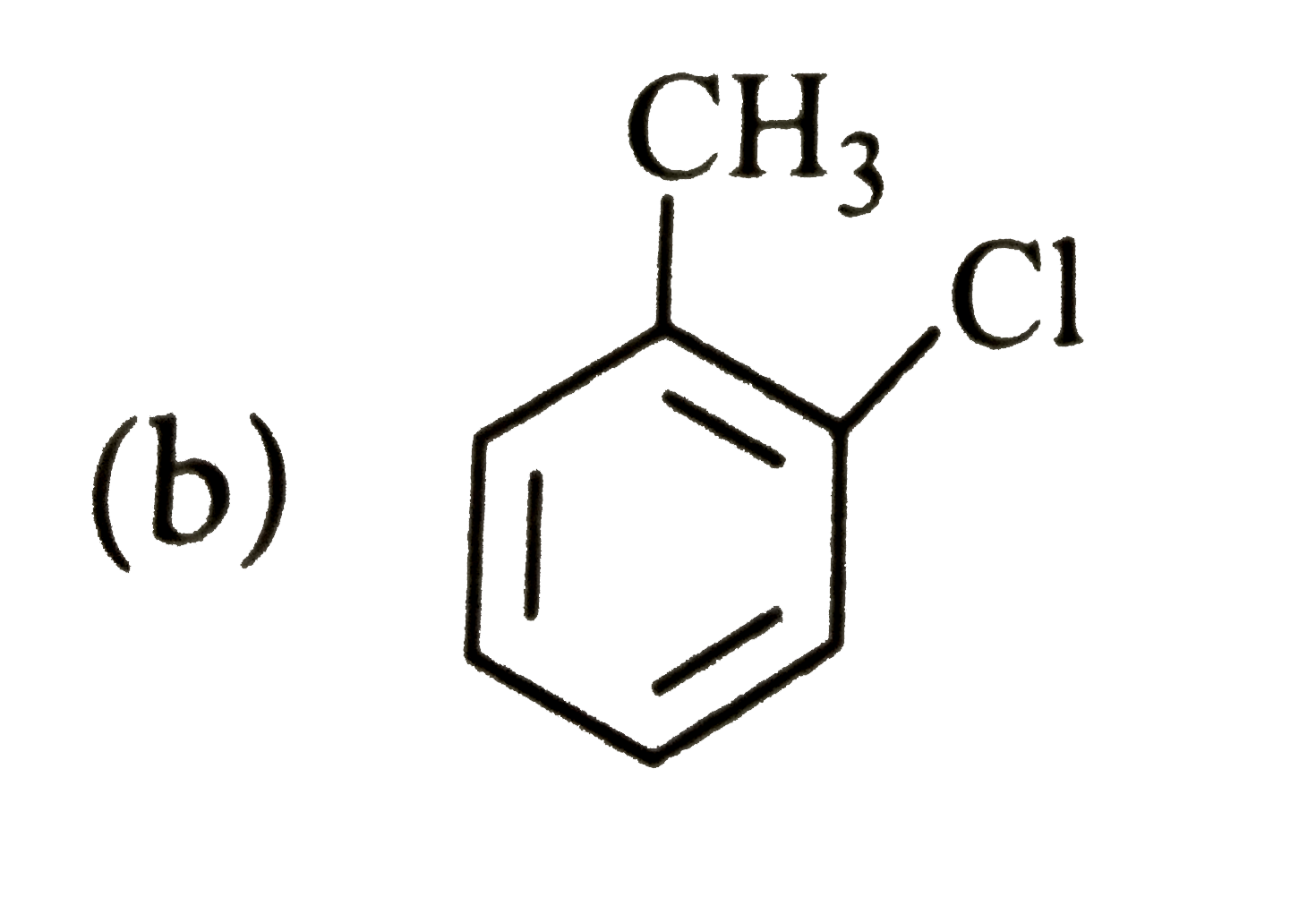Write the reaction of chlorine with ethyne in the absence of light
To write the reaction of chlorine with ethyne in the absence of light, we follow these steps:
Step 1: Identify the Reactants
The reactants in this reaction are ethyne (C₂H₂) and chlorine (Cl₂).
Step 2: Understand the Reaction Type
In the absence of light, chlorine reacts with ethyne through an addition reaction. This means that the chlorine molecules will add across the triple bond of ethyne.
Step 3: First Addition of Chlorine
When one molecule of chlorine (Cl₂) reacts with ethyne (C₂H₂), it will add across the triple bond, resulting in a compound called 1,2-dichloroethene (C₂H₂Cl₂). The reaction can be written as:
C2H2+Cl2→C2H2Cl2
Step 4: Second Addition of Chlorine
If another molecule of chlorine reacts with the 1,2-dichloroethene, it will add again across the double bond, resulting in the final product, which is 1,1,2,2-tetrachloroethane (C₂H₂Cl₄). The complete reaction can be represented as:
C2H2+2Cl2→C2Cl4+H2
Step 5: Write the Final Product
The final product of the reaction is 1,1,2,2-tetrachloroethane, which can be denoted as:
C2Cl4
Final Reaction
The overall reaction can be summarized as:
C2H2+2Cl2→C2Cl4
The reactants in this reaction are ethyne (C₂H₂) and chlorine (Cl₂).
In the absence of light, chlorine reacts with ethyne through an addition reaction. This means that the chlorine molecules will add across the triple bond of ethyne.
When one molecule of chlorine (Cl₂) reacts with ethyne (C₂H₂), it will add across the triple bond, resulting in a compound called 1,2-dichloroethene (C₂H₂Cl₂). The reaction can be written as:
C2H2+Cl2→C2H2Cl2
If another molecule of chlorine reacts with the 1,2-dichloroethene, it will add again across the double bond, resulting in the final product, which is 1,1,2,2-tetrachloroethane (C₂H₂Cl₄). The complete reaction can be represented as:
C2H2+2Cl2→C2Cl4+H2
The final product of the reaction is 1,1,2,2-tetrachloroethane, which can be denoted as:
C2Cl4
The overall reaction can be summarized as:
C2H2+2Cl2→C2Cl4
Topper's Solved these Questions
- BOOK - ICSECHAPTER - ORGANIC CHEMISTRY EXERCISE - IMPORTANT QUESTIONS FOR REVISION79videos
ORGANIC CHEMISTRY
- BOOK - ICSECHAPTER - ORGANIC CHEMISTRY EXERCISE - IMPORTANT QUESTIONS FOR REVISION (TRUE OR FALSE)6videos
ORGANIC CHEMISTRY
- BOOK - ICSECHAPTER - ORGANIC CHEMISTRY EXERCISE - QUESTIONS55videos
ORGANIC CHEMISTRY
- BOOK - ICSECHAPTER - MOLE CONCEPT AND STOICHIOMETRYEXERCISE - ASSERTION AND REASON BASED QUESTIONS1videos
MOLE CONCEPT AND STOICHIOMETRY
- BOOK - ICSECHAPTER - PART B (STIOCHIOMETRY) PRECENTAGE COMPOSITION - EMPIRICAL & MOLECULAR FORMULA CHEMICAL EQUATION CALCULATIONSEXERCISE - Questions (G : Chemical Equations)17videos
PART B (STIOCHIOMETRY) PRECENTAGE COMPOSITION - EMPIRICAL & MOLECULAR FORMULA CHEMICAL EQUATION CALCULATIONS
Similar Questions
Knowledge Check
- Question 1 - Select One
The reaction of toluene with chlorine in the presence of light gives :
A B
B C
C D
D
- Question 2 - Select One
In the reaction of hydrogen bromide with an alkene (in the absence of peroxides), the first step of the reaction is the ............. to the alkene.
Afast addition of an electrophilicBslow addition of an electrophileCfast addition of a nucleophilicDslow addition of a nucleophile - Question 3 - Select One
The reaction of toluene with chlorine in the presence of iron and in the absence of light yields ………
A B
B C
C Dmixture of (b) and (c )
Dmixture of (b) and (c )
The reaction of chlorine water with propene gives
View SolutionWhich increases in the absence of light?
View SolutionThe reaction of toluene with chlorine in the presence of iron and in the absence of light yields ………
View SolutionThe compound obtained by the reaction of diethyl ether with chlorine in the presence of sun light, is-
View SolutionWrite the chlorination reactions of ethene
View Solution

